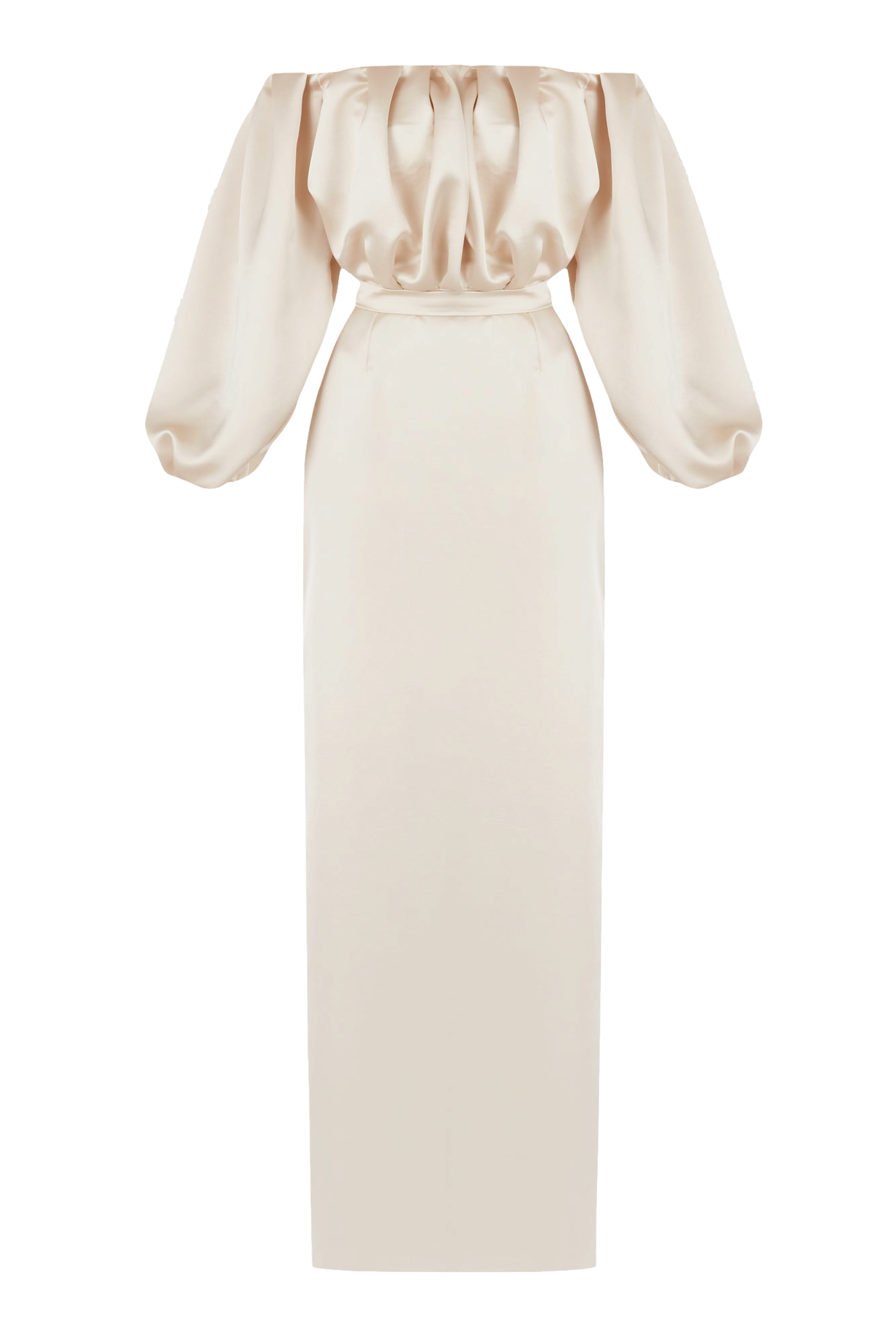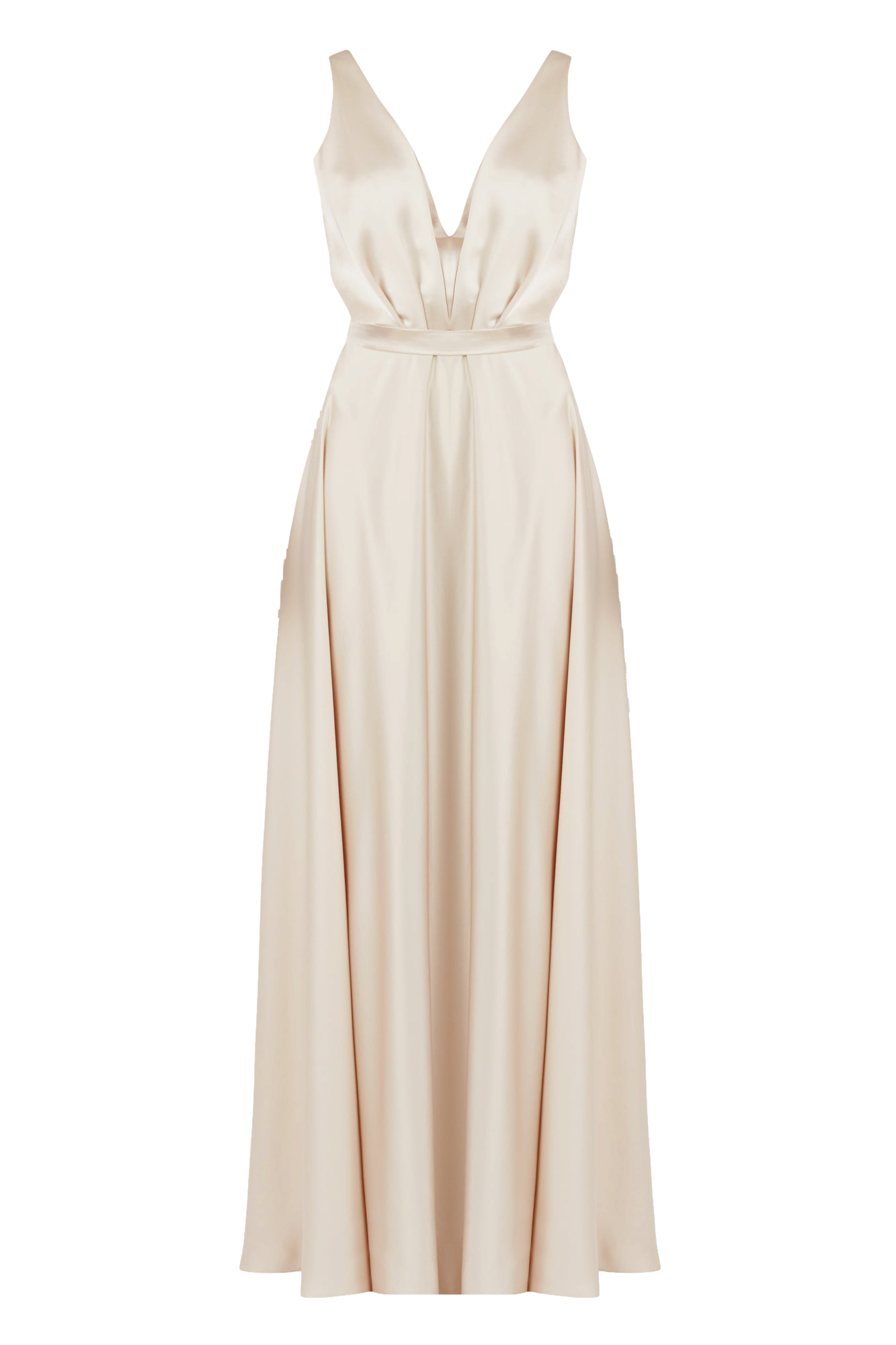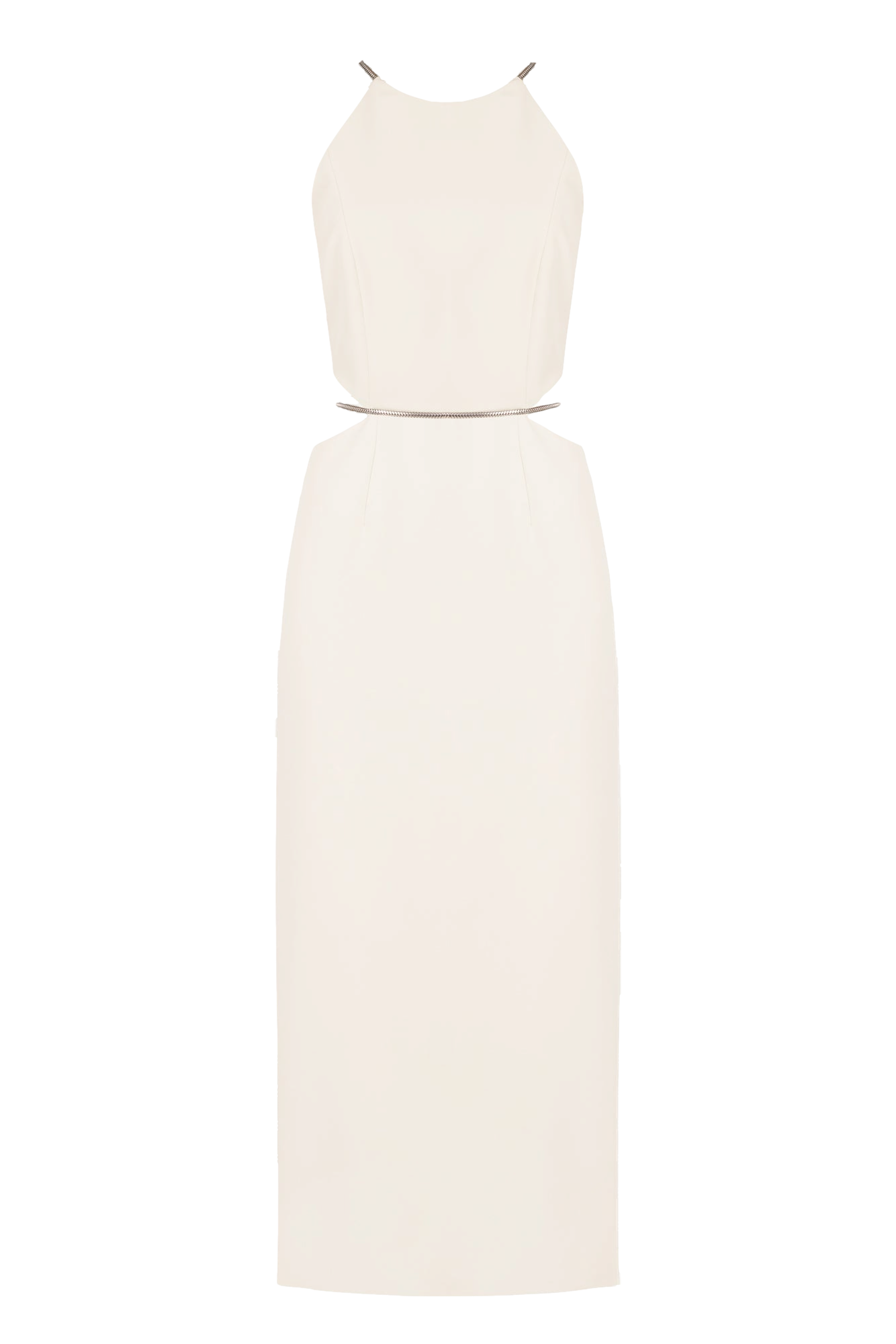Photo To Undress: A Comprehensive Guide To Understanding And Ethical Use
**Let’s get straight to the point here, folks. The term "photo to undress" has been buzzing around the internet lately, and trust me, it’s not just a random phrase. It’s something that involves technology, ethics, and even legal boundaries. If you’re reading this, chances are you’re curious about what it means, how it works, or why it’s controversial. Well, buckle up, because we’re diving deep into this topic, and I’m gonna break it down for you in a way that’s easy to digest but still packed with knowledge.**
This isn’t just about some cool AI trick or a fun app feature. It’s about understanding the implications of technology on privacy, consent, and human dignity. Whether you’re a tech enthusiast, a concerned individual, or just someone who stumbled upon this term, this article is for you. We’ll cover everything from the basics to the ethical dilemmas surrounding this controversial tech trend.
But before we go any further, let’s address the elephant in the room. The phrase "photo to undress" isn’t just a catchy headline. It represents a technology that uses AI to digitally alter images, often without the consent of the people in those images. And that’s where the trouble begins. So, let’s explore this topic with an open mind, but also with a sense of responsibility. Ready? Let’s dive in.
- Billie Eilish Nude Leaks Separating Fact From Fiction And Understanding The Impact
- Filmyflycom Online 2025 The Ultimate Guide To Your Movie Streaming Needs
What Exactly is Photo to Undress?
Defining the Term
Alright, let’s start with the basics. "Photo to undress" refers to the use of artificial intelligence and machine learning algorithms to digitally alter images in a way that removes clothing from the subjects in the photos. Sounds like something outta a sci-fi movie, right? But here’s the catch—it’s real, and it’s out there. This technology isn’t just a novelty; it’s a powerful tool that can be used for both good and bad purposes.
Now, before you get all excited or alarmed, let’s talk about how it works. These AI models are trained on vast datasets of images, learning patterns and textures to replicate realistic skin tones and body structures. The result? A photo that looks eerily close to the original, but with one major difference—the person in the photo appears naked. Sounds creepy? That’s because it can be.
- Vegamoviesin Your Ultimate Destination For Movie Entertainment
- Unlock Entertainment Your Ultimate Guide To Httpsvegamovies
How Does Photo to Undress Technology Work?
Under the Hood
Let me break it down for you. The process involves several steps, and it’s not as simple as pressing a button. First, the AI analyzes the input image, identifying key features like facial structure, body shape, and clothing patterns. Then, it uses advanced algorithms to predict what the person would look like without clothing. Finally, it generates a new image that blends seamlessly with the original, creating an illusion of nudity.
But here’s the kicker—this isn’t just about removing clothes. It’s about creating a realistic representation of a person’s body, which raises serious questions about consent, privacy, and even body image. The technology is so advanced that it can produce results that are almost indistinguishable from real photos. And that’s where the ethical concerns come in.
The Ethical Dilemmas Surrounding Photo to Undress
Privacy and Consent
Let’s talk about the elephant in the room again—privacy. One of the biggest concerns with "photo to undress" technology is that it allows people to create and share images without the consent of the individuals in those images. Imagine someone taking a photo of you in public, running it through one of these AI tools, and then sharing the altered image online. How would you feel? Betrayed? Violated? Angry? All of the above?
Consent is a fundamental human right, and this technology challenges that right in a big way. It gives people the power to manipulate reality, often for malicious purposes. And let’s not forget about the potential for misuse in areas like revenge porn, harassment, and even blackmail. This isn’t just about technology—it’s about people and how they choose to use it.
Legal Implications of Photo to Undress
The Law and You
Now, let’s talk about the legal side of things. In many countries, creating or sharing altered images without consent can be considered a crime. Laws around digital manipulation and privacy are still evolving, but one thing is clear—this technology has the potential to violate existing laws and regulations. For example, in the United States, non-consensual pornography (also known as revenge porn) is illegal in many states, and similar laws are being enacted around the world.
But here’s the tricky part—enforcing these laws can be difficult, especially when the technology is constantly evolving. It’s like playing a game of whack-a-mole, where new tools and techniques pop up faster than lawmakers can keep up. So, while the law is on our side in theory, putting it into practice is a whole different ball game.
Is Photo to Undress Technology Always Bad?
The Bright Side
Hold up, folks. Before we paint this technology as all doom and gloom, let’s talk about the positive side. Believe it or not, there are some legitimate uses for "photo to undress" technology. For example, it can be used in the fashion industry to create virtual try-ons, allowing customers to see how clothes would look on them without actually trying them on. It can also be used in medical imaging to help doctors visualize certain conditions or treatments.
But here’s the thing—like any powerful tool, it’s all about how you use it. When used responsibly and with consent, this technology can be a game-changer. The problem arises when people use it for malicious purposes, which unfortunately happens all too often.
How to Protect Yourself from Photo to Undress Abuse
Tips and Tricks
So, what can you do to protect yourself from the potential misuse of this technology? Here are a few tips to keep in mind:
- Be mindful of what photos you share online. Once a photo is out there, it’s out there forever.
- Use privacy settings on social media to control who can see your photos.
- Be cautious about who you share photos with, especially intimate ones.
- Report any suspicious or abusive content to the platform or authorities immediately.
- Stay informed about the latest developments in AI and digital privacy.
Remember, knowledge is power. The more you know about how this technology works and how it can be misused, the better equipped you’ll be to protect yourself and your loved ones.
Real-World Examples of Photo to Undress Misuse
Cases in Point
Let’s look at some real-world examples of how "photo to undress" technology has been misused. One of the most high-profile cases involved a celebrity whose photos were altered and shared without her consent. The incident sparked widespread outrage and led to increased calls for stricter laws and regulations around digital manipulation.
Another example involves a workplace harassment case where an employee used this technology to create altered images of a coworker and shared them with others in the office. The incident resulted in a lawsuit and significant damage to the victim’s reputation and mental health.
The Future of Photo to Undress Technology
What’s Next?
So, where do we go from here? As AI continues to evolve, so will the capabilities of "photo to undress" technology. But with great power comes great responsibility. It’s up to us as individuals, communities, and societies to ensure that this technology is used ethically and responsibly.
One potential solution is the development of better detection tools that can identify altered images and flag them for review. Another is increased education and awareness about the risks and implications of this technology. Ultimately, it’s about finding a balance between innovation and accountability.
Conclusion: Taking Action
Alright, folks, that’s the scoop on "photo to undress" technology. It’s a powerful tool with the potential to do great things, but it’s also a double-edged sword that can cause harm if misused. As we’ve seen, the key lies in understanding the technology, respecting consent, and holding people accountable for their actions.
So, what can you do? First, stay informed. Keep up with the latest developments in AI and digital privacy. Second, protect yourself and your loved ones by being mindful of what you share online. And finally, speak up. If you see something suspicious or abusive, report it. Together, we can create a safer, more ethical digital world.
Now, it’s your turn. What are your thoughts on "photo to undress" technology? Do you think it’s a blessing or a curse? Share your thoughts in the comments below, and don’t forget to check out our other articles for more insights and tips. Let’s keep the conversation going!
Table of Contents
- What Exactly is Photo to Undress?
- How Does Photo to Undress Technology Work?
- The Ethical Dilemmas Surrounding Photo to Undress
- Legal Implications of Photo to Undress
- Is Photo to Undress Technology Always Bad?
- How to Protect Yourself from Photo to Undress Abuse
- Real-World Examples of Photo to Undress Misuse
- The Future of Photo to Undress Technology
- Conclusion: Taking Action
- Vegamovies Fans The Ultimate Community For Movie Lovers
- Somali Telegram Your Ultimate Guide To Understanding And Maximizing This Powerful Messaging Tool

UNDRESS Dryers ModeSens

UNDRESS Dryers ModeSens

UNDRESS Dryers ModeSens